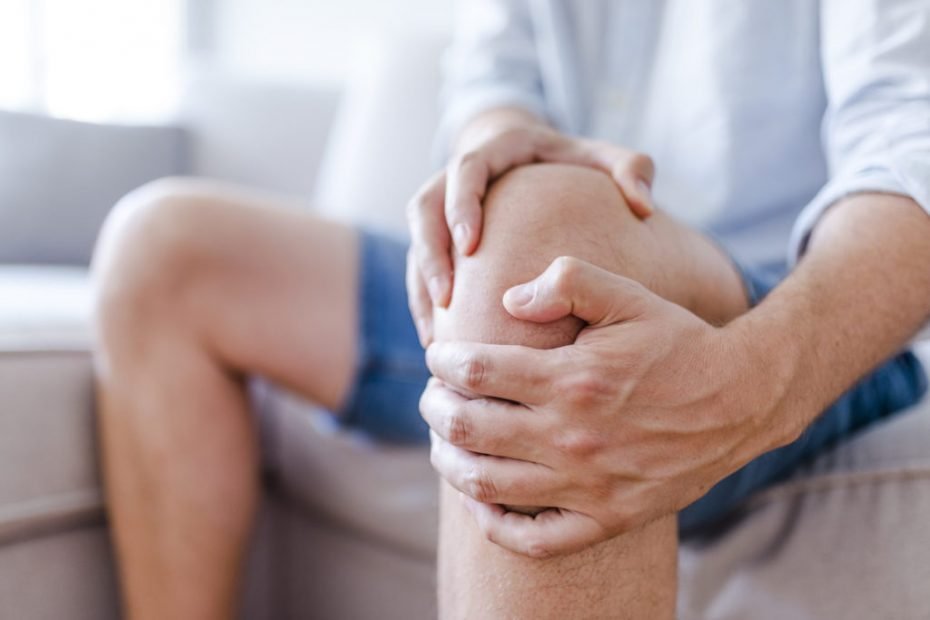Ligament Injuries: Symptoms, Treatment, and Exercises for Recovery
Ligament injuries are a common occurrence in the world of sports and physical activity. Ligaments are strong, fibrous tissues that connect bones to other bones, providing stability and support to the joints. When a ligament is stretched or torn, it can cause pain, swelling, and instability in the affected joint.
Symptoms of a ligament injury
The most common symptoms of a ligament injury are pain, swelling, and instability in the affected joint. Pain is often the first symptom to appear, and it can range from mild to severe depending on the extent of the injury. Swelling typically appears within the first 24-48 hours after the injury, and it can cause the affected joint to look larger than normal. Instability can also be a common symptom of a ligament injury, as the ligament’s ability to support the joint is compromised.
Treatment options for ligament injuries
Treatment for a ligament injury typically begins with the POLICE method (protection, optimal loading, ice, compression, elevation) to reduce swelling and pain. Physical therapy is often a key component of treatment for ligament injuries. A physiotherapist can provide specialized exercises and techniques to help restore strength and stability to the affected joint. Sometimes, a splint or brace may be recommended to provide support and protection for the injured ligament while it heals.
Exercises for ligament injuries
Exercises for ligament injuries will vary depending on the specific joint and ligament involved, as well as the severity of the injury. However, some common exercises that a physiotherapist may recommend include:
Range of motion exercises to help improve flexibility and mobility in the affected joint
Strengthening exercises to help restore strength to the muscles surrounding the joint
Balance and proprioception exercises to help improve stability and coordination
Plyometric exercises to help improve power and explosiveness in the affected joint
Is ligament injury different from muscle injury?
A ligament injury differs from a muscle injury in several ways. Ligaments are strong, fibrous tissues that connect bones to other bones, providing stability and support to the joints. In contrast, muscles are composed of fibers that contract and relax to produce movement.
In contrast to the symptoms of a ligament injury, symptoms of a muscle injury may include muscle spasms, tenderness, and weakness. While treatment options sound similar, guidance on when to offer them varies between the two as we focus on strength and stability for ligament injuries, try to promote healing and prevent tightness and weakness for muscle injuries.
Overall, ligament injuries and muscle injuries are two distinct types of injuries that require different treatment approaches. It is important to seek the guidance of a physiotherapist to properly diagnose and treat these types of injuries.
When to seek physiotherapy for a ligament injury?
If you suspect that you have sustained a ligament injury, or if you have any concerns about your joint health, it is important to seek the guidance of a physiotherapist as soon as possible. A physiotherapist can provide a thorough assessment of your injury and develop a customized treatment plan to help you recover quickly and safely.
Online physiotherapy can be a convenient and effective option for those who are unable to access in-person physiotherapy services. Online physiotherapists can provide guidance and support through virtual consultations, allowing you to receive the care you need right away from the comfort of your own home.
At KBPhysio, we see clients virtually throughout British Columbia for their physiotherapy needs. Together, we’ll develop a plan that aims to heal your injury and restore strength so that you can take part in life and recreational activities that are most enjoyable to you. Contact us for any questions you may have.
Further Readings
Knee ligament injury https://www.uwmedicine.org/conditions-symptoms/bone-joint-muscle/knee-ligament-injuries
Torn Ligament https://www.verywellhealth.com/what-is-a-ligament-3120393
Rehab for Ligaments and Tendons https://www.webmd.com/fitness-exercise/rehab-ligaments-tendons
Ligament Injury and Healing: A Review of Current Clinical Diagnostics and Therapeutics https://www.researchgate.net/publication/236234483_Ligament_Injury_and_Healing_A_Review_of_Current_Clinical_Diagnostics_and_Therapeutics
